Plant Genebanking: Investing Seeds for the Future
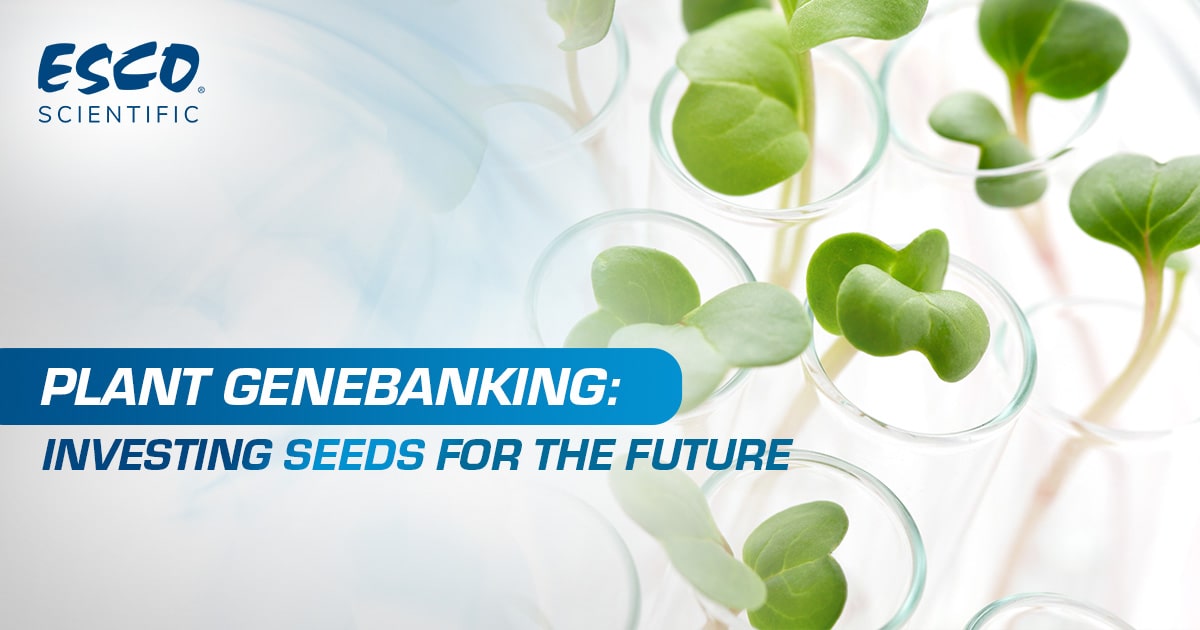
For many years, the agricultural sector has worked on the continuous development of sustainable practices to provide sufficient food and medicine supply for a growing population. Among the many challenges they aim to resolve are the issues inflicted by plant disease outbreaks and upsurge, pests, and climate change. The conservation and increase of diversity of plant species are recognized feasible solutions to attain sustainability—and this is where genebank plays a part.
A plant genebank is a type of biorepository that preserves genetic materials from various plants. The banked seedlings, cells, tissues, or other forms that contain genetic information are used by researchers, breeders, and farmers alike for the research and development of crops and medicines. As global climate changes, this approach is vital for plant varieties to withstand unprecedented weather and natural disasters.
A Glance at Genebanking Process
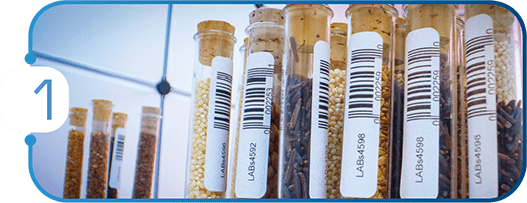
Registration
After the sample acquisition, a unique identification number is assigned to every material. This allows genebanks to properly manage and document their samples the moment they enter the process up to the time they are distributed.
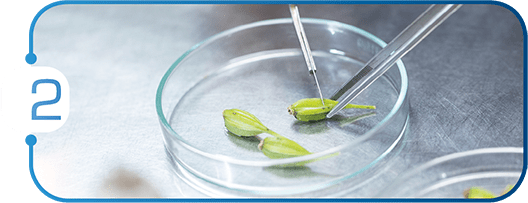
Sample Processing
The samples are prepared for conservation wherein methods differ per sample type. Seeds undergo cleaning, drying, moisture content determination, and packing. As for plant materials to be used in tissue culture or cryopreservation, extraction and disinfection are done.
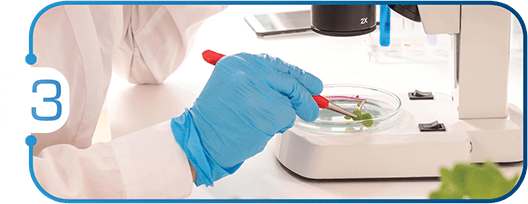
Germplasm Testing
The seeds’ and plant materials’ quality are tested to ensure that they are viable and free of pests and diseases.

Conservation
There are two types, the in situ and ex situ. In in situ, germplasms are conserved and maintained in their natural habitat. This type is not deemed to be the best option. On the other hand, ex situ conservation offers an efficient and effective solution. Materials are placed under artificial conditions in a controlled environment such as cold storage. Seeds are stored at -18°C to -20°C to maintain viability and specially prepared in vitro culture samples are stored long-term at -196°C, usually in liquid nitrogen.
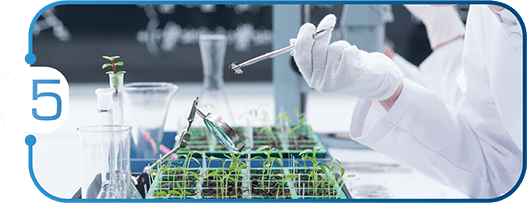
Characterization
The expression of highly heritable characters ranging from morphological or agronomical features to seed proteins or molecular markers in plant germplasm is determined. This is done by growing a representative number of plants in the field.
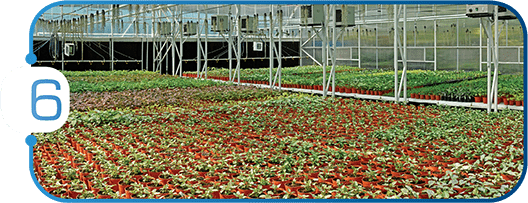
Regeneration
This is done to increase the number of initial samples and replenish stocks. This process is very tedious as it requires careful adherence to special requirements to prevent loss of genetic integrity.
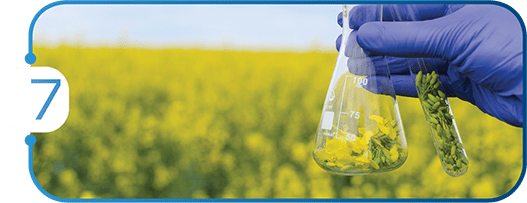
Distribution
The preserved samples are made available for germplasm users, breeders, researchers, and farmers.
The seeds are investments that are soon to bear the fruits of labor. As the global demands for genebanking continue to increase, this calls for the utilization of engineering controls that are up-to-date and efficient. Taking part in guarding diversity, Esco Scientific innovates its products to help combat undernutrition, discover novel drugs and climate-proof crops, and ultimately, supply food to every table.
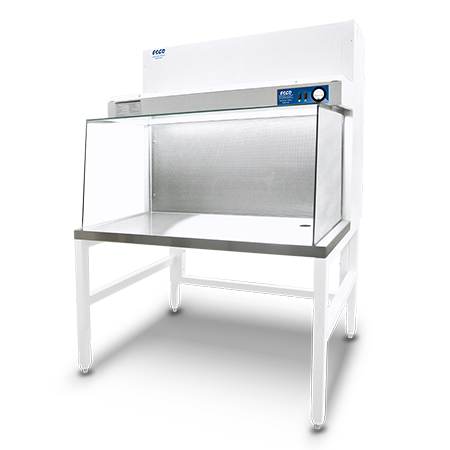
LHG-4DS-F_
A Horizontal Laminar Flow Cabinet is used to provide sample protection in preparing explants and media for tissue culture.
Learn More Request for Quote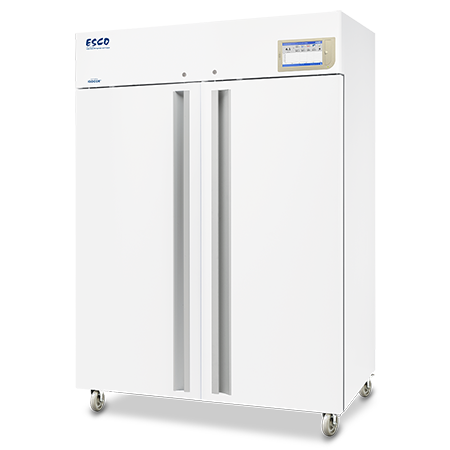
HF2-700T-_
A Laboratory Freezer preserves and protects samples through a uniformly distributed maintained low temperature.
Learn More Request for QuoteRead more: The Lab Cycle: Esco Scientific Quarterly Newsletter - Issue 8, Jan – Mar 2022, Agriculture
References:
[1] Genebank Procedures Overview. (n.d.). https://cropgenebank.sgrp.cgiar.org/
[2] Guardians of Diversity: The Network of Genebanks Helping to Feed the World. (2019, November 07). CGIAR. https://www.cgiar.org/news-events/news/guardians-of-diversity-the-network-of-genebanks-helping-to-feed-the-world/